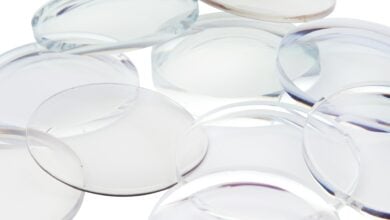We all know the importance of wearing sunscreen to protect our skin from the sun’s harmful rays. But did you know that not all sunscreens are created equal? There are two main types: physical and chemical sunscreens. Understanding the differences between these two types can help you make an informed choice for your sun protection needs.
Physical Sunscreen
Also known as mineral sunscreen, physical sunscreen works as a barrier on the skin’s surface to reflect and scatter UV rays away from the skin. The active ingredients in physical sunscreens are minerals like zinc oxide and titanium dioxide. Here’s what you need to know about physical sunscreens:
Pros
Broad-Spectrum Protection: Physical sunscreens provide protection against both UVA and UVB rays, making them effective at preventing sunburn and reducing the risk of skin cancer.
Immediate Protection: As soon as you apply physical sunscreen, you’re protected from the sun. There’s no need to wait for it to be absorbed by the skin.
Less Irritating: Physical sunscreens are often gentler on sensitive skin because they sit on the skin’s surface and don’t usually cause as much irritation.
Less Risk of Allergic Reactions: Since physical sunscreens use minerals as their active ingredients, they’re less likely to cause allergic reactions.
Cons:
White Cast: One common complaint with physical sunscreens is the potential for a white cast on the skin, especially in higher concentrations.
Thicker Texture: Physical sunscreens can be thicker and more challenging to blend into the skin compared to chemical sunscreens.
Chemical Sunscreen
Chemical sunscreens, on the other hand, work by absorbing UV rays and converting them into heat, which is then released from the skin. These sunscreens contain organic (carbon-based) compounds such as avobenzone, octisalate, and octocrylene. Let’s explore the pros and cons of chemical sunscreens:
Pros
Cosmetically Elegant: Chemical sunscreens tend to have a lighter texture that blends more easily into the skin, making them a preferred choice for daily use under makeup.
No White Cast: Unlike some physical sunscreens, chemical sunscreens don’t leave a white cast on the skin.
Full-Body Coverage: Chemical sunscreens can be formulated as sprays and lotions, making them convenient for applying to larger areas of the body.
Cons
Delayed Protection: Chemical sunscreens need about 15-30 minutes to fully absorb into the skin before they become effective. This means you need to apply them before heading out into the sun.
Potential Irritation: Some individuals with sensitive skin might experience irritation or allergic reactions due to the chemical compounds in these sunscreens.
Environmental Concerns: Certain chemical sunscreen ingredients have raised environmental concerns, particularly related to their impact on marine life and coral reefs.
Choosing the Right Sunscreen for You
The choice between physical and chemical sunscreen ultimately depends on your skin type, preferences, and needs:
If you have sensitive skin, physical sunscreen might be a better option to minimize the risk of irritation.
If you’re concerned about a white cast or want a more lightweight texture, consider a chemical sunscreen.
If you’re planning to be in the water, look for water-resistant formulas regardless of whether they are physical or chemical.
Remember, the most effective sunscreen is the one you’ll use consistently. Regardless of the type you choose, aim for broad-spectrum protection with at least SPF 30, and be sure to reapply every two hours, or more frequently if you’re sweating or swimming. Your skin’s health and protection should always be a priority when enjoying time in the sun.




